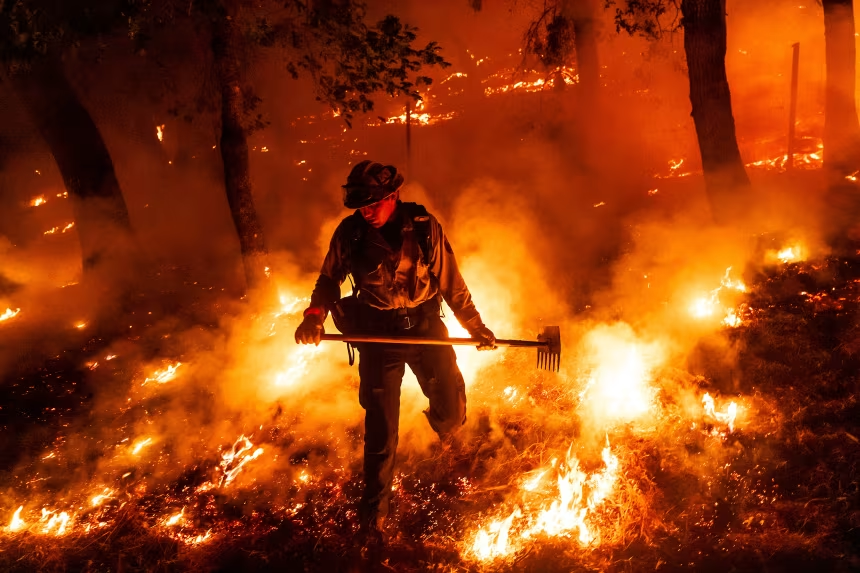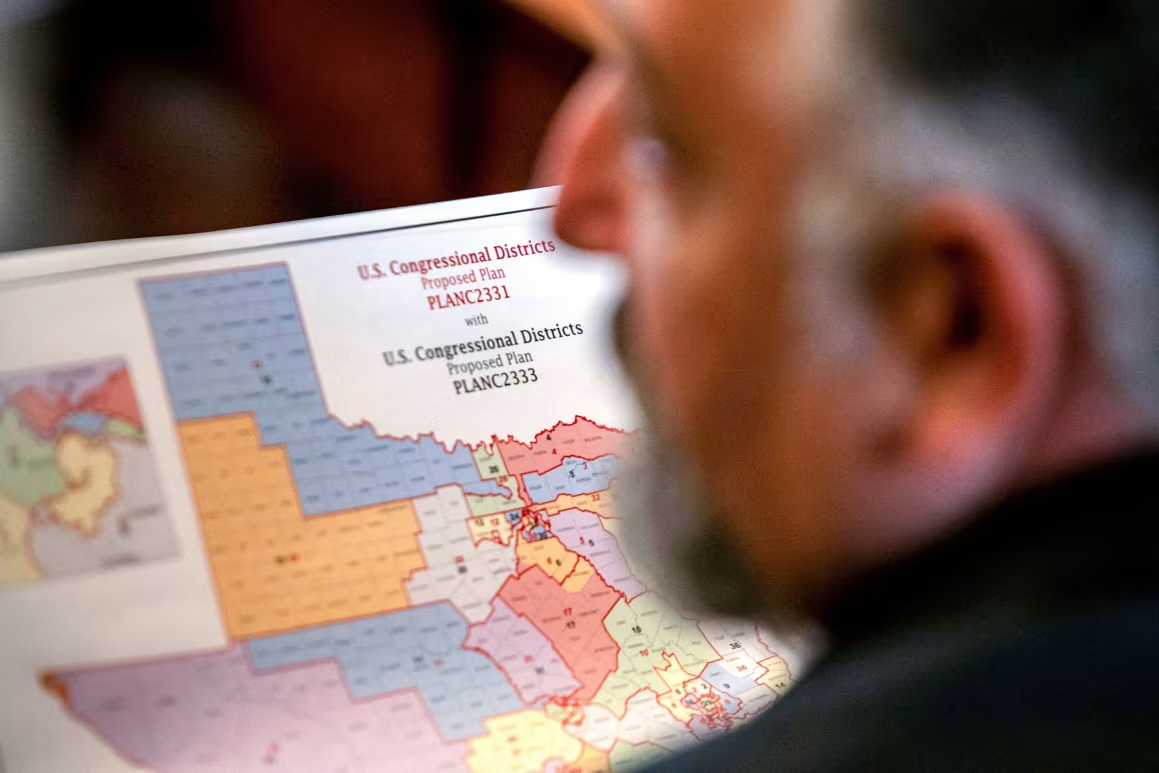Communities across Oregon and California are facing devastating wildfires that have already destroyed thousands of acres, threatened homes, and forced mass evacuations. Driven by scorching heat, dry vegetation, and strong winds, the fires highlight once again how dangerous wildfire season has become in the western United States.
In Northern California’s Napa County, the Pickett Fire has already consumed more than 6,800 acres since it started on August 21 near Calistoga. Firefighters report that containment is just over 11 percent, leaving hundreds of families displaced and about 500 homes and businesses in danger. More than 2,000 personnel are on the front lines, supported by water-dropping helicopters and air tankers. The rugged terrain and bone-dry conditions are making progress difficult, and officials warn that containment could take weeks.
Central Oregon is also under siege. The Flat Fire has exploded to nearly 29 square miles, forcing almost 1,000 residents in Deschutes and Jefferson counties to evacuate while another 4,000 homes remain on evacuation alerts. For many families, the evacuation orders came with little warning, giving them only minutes to gather pets, important documents, and emergency supplies before leaving. Firefighters continue to battle high winds, dry brush, and unpredictable fire behavior, all of which threaten to push flames closer to populated areas.
Southern California faced its own scare with the Canyon Fire in Los Angeles and Ventura counties. That blaze spread to more than 5,300 acres before firefighters were able to achieve full containment. Though the immediate danger has passed, the fire displaced hundreds of residents and destroyed sections of natural habitat, reminding Californians of how quickly fires can grow and overwhelm communities.
Officials across both states are urging residents to stay alert. Evacuation warnings remain in effect in multiple counties, and authorities emphasize that people should not wait until the last minute to leave. Fire crews say one of the biggest dangers is residents delaying evacuation and becoming trapped as flames advance. Governors of both states have mobilized emergency resources and asked for federal support, underscoring the scale of the crisis.
These fires come as part of a larger pattern of extreme weather. Rising temperatures, prolonged droughts, and shifting climate conditions have created a dangerous environment in which wildfires spread more quickly and are harder to control. The combination of low humidity, strong winds, and dry vegetation has turned much of the West into a tinderbox during the late summer months.
For families displaced by the fires, local shelters are offering temporary housing, food, and medical aid. Volunteers and nonprofit groups are stepping in to provide relief, while firefighters continue risking their lives to protect homes and communities. Many residents say the fires have destroyed not just property but also a sense of safety, leaving entire towns traumatized and uncertain about the future.
Authorities are encouraging all residents in at-risk zones to have emergency kits ready, keep vehicles fueled, and stay signed up for local alerts. Even with containment improving in some areas, officials warn that new outbreaks remain a constant threat as heat waves and dry conditions persist.
The wildfires burning through Oregon and California are a sobering reminder of how quickly nature can turn destructive. For thousands of families now displaced, the priority is survival and recovery. For the rest of the region, the fires are another call to prepare, adapt, and confront the growing reality of longer and more dangerous wildfire seasons.




